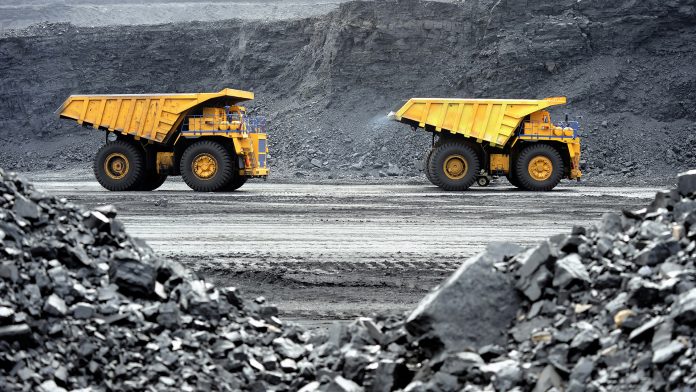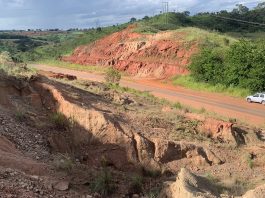With demand for rare earth elements increasing, researchers have found that coal could be a viable source of these valuable metals.
As the demand for rare earth elements increases, due to their role in clean energy technologies, countries around the world are looking to find alternative sources of these essential metals. Currently, China controls over 90% of the rare earth market, and this single source has resulted in concerns about the vulnerability of rare earth supply chains in the West. This vulnerability appears to be coming into fruition with China threatening an export ban on rare earth elements, in response to the US’ recent decision to restrict exports of high-end semi-conductors to Beijing.
Now, researchers in the West are looking to find new sources of rare earth elements to remove dependency on China. According to a new study, a team from the Clean Coal Technology research group at the University of Witwatersrand has found that coal might be a viable source of rare earth elements.
The study, ‘Rare earth elements from coal and coal discard – A review,’ is published in the journal Minerals Engineering.
The importance of finding other sources of rare earths
China produces the majority of rare earths, controlling the rare earth supply chain of mining, separation, refining, and manufacturing. As there is an imbalanced distribution of the metals and a surge in demand for rare earths because of their role in the energy transition, traditional rare earth ore deposits are becoming depleted.
Because of the growing requirement to secure domestic supply chains of rare earths, Western governments are exploring the importance of alternative and non-traditional sources of rare earths.
Extracting minerals from coal
According to research, coal and coal byproducts have been proposed as promising sources of rare earth elements. This is because there is a vast abundance of coal and coal byproducts, they are substantially enhanced with trace metals, and coal has already been mined, milled, and partially prepared.
Coal deposits are more accessible and widespread than many mineral deposits, making rare earth extraction from coal easier and less expensive than extracting the elements from other mineral ores.
By using coal samples, the team found that the total rare earths content in discard and standard product from the coal mine was above 225 parts per million (ppm). This concentration is above the minimum grade of 130ppm for extracting rare earths in coal.
It was found that light rare earths were dominant in high mineral content discard coal samples and heavy rare earths were richer in run-of-mine samples.
Coal and by-products of coal could now be reprocessed as raw materials to be used in technologies essential to the clean energy transition, helping to reduce dependency on the metals from China.










People frequently overlook the most important question when considering recovering rare earths from coal.
We have already answered the question: Can rare earths be recovered from coal? The answer is yes they can.
The question we don’t have an answer for yet is: Can we recover rare earths from coal economically? We really don’t have a good handle on this question yet, and this is the one which will decide if we are in this direction or not.
In addition, don’t forget the miners dilemma. Low grade ores of any kind mean that many tons of material will need to processed to recover the desired material in modest quantities. Coal or coal ash are very low grade sources for rare earths compared to other the options, again pointing to the fact that we really need to understand the economics before we jump into this way to recover rare earths.